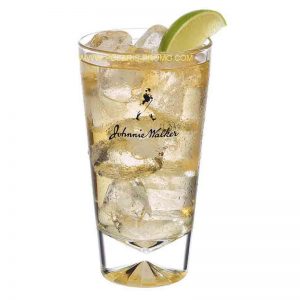Declaração 4
No século 19, Clifford, um americano, administrava um hotel à beira do rio Hudson. A família Kejia tem três coisas para se orgulhar. Eles são chamados de Keshi Sanju. em primeiro lugar, ele tem uma gordura, grande galo, um jogador famoso no campo de briga de galos; secondly, his wine bank is said to have the most outstanding wine in the world; thirdly, he boasts that his daughter, Emily, is the first beautiful woman in the city and seems to be unique in the world. There was a young man named Akinruth in the town who came to the hotel every night to relax. He was a crew member of the
Hudson River freighter. Over the years, he fell in love with Emily. This young man has a good temper and solid work. Old Kerry likes him in his heart, but he often makes fun of him and says, “Young man, do you want to eat swan meat? Give you a condition, and you’ll try to be a captain as soon as possible.” The young man was very persistent, studied hard and worked hard. After a few years, he finally became captain of the ship. Naturally, Emily became his wife. At the wedding, the old man was very happy. He took out all the best old wines in the cellar, synthesized “excellent wine”, and decorated the glass with cocktail feathers. It was very beautiful. Then I toasted my daughter and my wonderful son-in-law and shouted “Long live the cocktail!” Since then, cocktails have become popular.
Declaração 5
In the name of Oxc-hitel, an aristocratic woman, she evolved into Cocktail to show her honor: cocktail feathers symbolize heroism; colored cocktails symbolize the beauty of a blending girl and her excellent mixing skills, espinha transparente.



